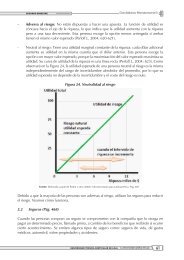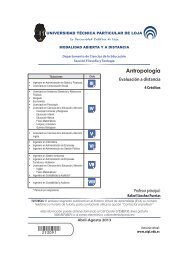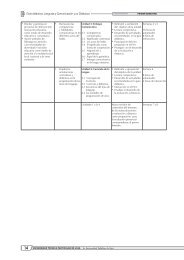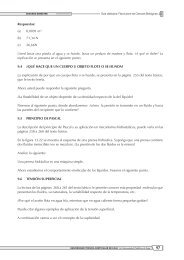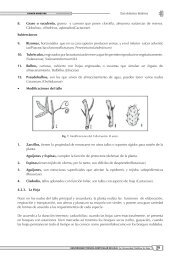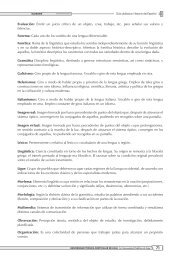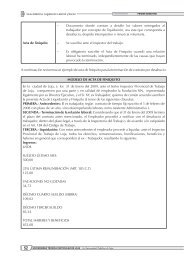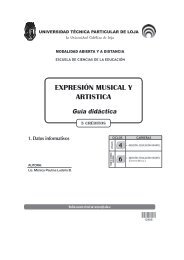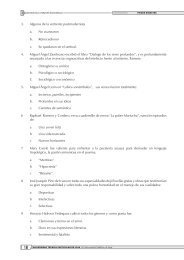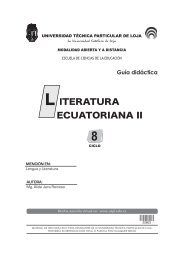Communicative Grammar III - Bad Request - Universidad Técnica ...
Communicative Grammar III - Bad Request - Universidad Técnica ...
Communicative Grammar III - Bad Request - Universidad Técnica ...
Create successful ePaper yourself
Turn your PDF publications into a flip-book with our unique Google optimized e-Paper software.
Guía didáctica: <strong>Communicative</strong> <strong>Grammar</strong> <strong>III</strong><br />
6.4. Specific guidelines for the learning through competence<br />
Welcome to the fascinating lands of <strong>Communicative</strong> <strong>Grammar</strong> <strong>III</strong>. We will begin with the first bimester in<br />
which parts 1, 2, 3, and 4 of your textbook will be studied. These “parts” of your textbook are called “units”<br />
in this didactic guide.<br />
It is worth mentioning that each part of your textbook has been structured based on the following steps:<br />
Step 1: <strong>Grammar</strong> in Context: The conversation or reading in this section shows the grammar structure in<br />
a natural context.<br />
Step 2: <strong>Grammar</strong> Presentation: This section consists of grammar charts, notes, and examples which focus<br />
on the meanings and uses of the different grammar structures.<br />
Step 3: Focused Practice: This section contains a variety of contextualized controlled exercises to practice<br />
grammar structures.<br />
Step 4: Communication Practice: This section gives students the opportunity to use the grammar<br />
structures appropriately and fluently.<br />
UNIT 1: PRESENT, PAST AND FUTURE: REVIEW AND EXPANSION<br />
Recursos educativos multimedia<br />
This unit is focused on the review and expansion of the present, past and future tenses by covering<br />
various related structures and aspects. The activities in the different sections of this unit include cloze,<br />
gap-fill, editing and writing exercises using structures related to the present, past and future tense. The<br />
following topics will be studied:<br />
1.1 Present Progressive and Simple Present<br />
Here, we will focus on the meanings and uses of the present progressive and the simple present and on<br />
the comparison between them.<br />
It is important to read the information of the “<strong>Grammar</strong> in Context” section in your textbook. You will find<br />
two situations related to cross-cultural IQ.<br />
Quick question: Do you know what cross-cultural IQ means? If you don’t, please read the following note:<br />
NOTE:<br />
“A cross cultural IQ measures a person’s knowledge of other cultures and the ability to recognize and<br />
accurately interpret cross-cultural misunderstandings.” Tiberio (2006)<br />
UNIVERSIDAD TÉCNICA PARTICULAR DE LOJA La <strong>Universidad</strong> Católica de Loja 14



